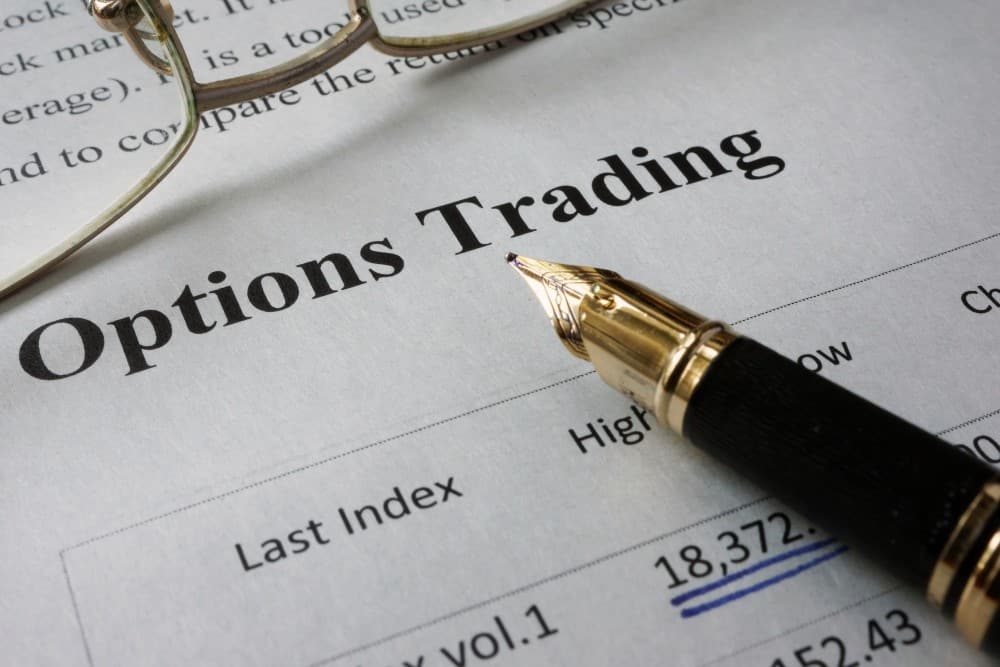Everything You Need To Know About Options Expire
Jan 30, 2024 By Susan Kelly
The value of an option is heavily influenced by the connection between the "strike price" of the option and the current market price of the shares that the option is based on. So, what takes place when your alternatives become invalid? This article will discuss the various courses of action open to you regarding your option contracts as their expiry dates get closer.
If you exercise your call option, you can purchase shares lower than the current market price. When the option is profitable and the time to exercise it draws near, the option holder has two choices: either sell the option to lock in the value or they may exercise the option to acquire the shares. If the underlying asset's price is greater than the strike price, the put option loses all of its value and can no longer be considered valuable. When this occurrence takes place, the put option is seen as being one that is "out of the money."
Before Expiration
As was indicated earlier, options are a kind of derivatives contract that grants the holder the right. They are available in the following two distinct forms:
Call options
As was mentioned earlier, a call option is a kind of financial contract that gives the holder the ability to purchase an asset. A premium is required to be paid by the trader to purchase a call option. This premium is what gives the option holder the rights that are stipulated in the contract.
Put Options
The owner of a put option has the right to sell a stock at a certain price, but the option is worthless if the underlying asset trades at a higher price than the strike price when it options expire. When the time limit for an option is drawing near, the person who holds the contract must decide whether to sell the option, put it into exercise, or let it lapse. Options can be in or out of the money. Once an option has reached the money, the owner can exercise it or sell it. It has no value when an option expires without being in the money.
After Expiration
When it comes to choices that have reached their expiration date, there are two possible outcomes:
- There is a disparity between the strike price and the underlying security price. The price of the underlying securities is more than the strike price at which the option was purchased. First, look at what this entails regarding the call and put options.
Call Options
When the price of the underlying securities is higher than the strike price for a call option, the contract holder makes a profit on the option. To determine how much money was made, start by determining the price difference between the two items and then deducting the amount spent on the premium. This value may be multiplied by the overall number of shares in the company. The option is considered "in the money" in this instance.

If the underlying asset is trading at a lower price than the option's strike price at expiration, then the call option is regarded as out of the money. The premium is the most that the person who holds the contract might end up losing financially. When there is better stock pricing available on the open market, exercising the call option wouldn't make a lot of sense. If the option's current value is below the strike price, the owner of the option would be better off selling it before the contract expires.
Put Options
For put options, the situation is exactly the reverse. Therefore, the trader will end up with a profit whenever the strike price of a put option is greater than the price of the underlying securities. In this scenario, the option is considered "in the money," which indicates that it would be beneficial to put it to use. When a put option is profitable, the option's strike price is more than the current price of the underlying asset's total market value.

Example
Here is a made-up scenario to illustrate how the options market operates. Suppose a trader buys $2 for a call option on Company XYZ with a strike price of $90. This investment costs the trader $200 since one options contract is equivalent to one hundred shares, and each contract costs $20. After the option's expiration date has passed, Company XYZ may be bought or sold on the open market for $100.

Dec 02, 2023 Susan Kelly

Dec 03, 2023 Triston Martin

Dec 17, 2023 Triston Martin

Oct 05, 2023 Susan Kelly

Nov 25, 2023 Susan Kelly

Dec 19, 2023 Susan Kelly